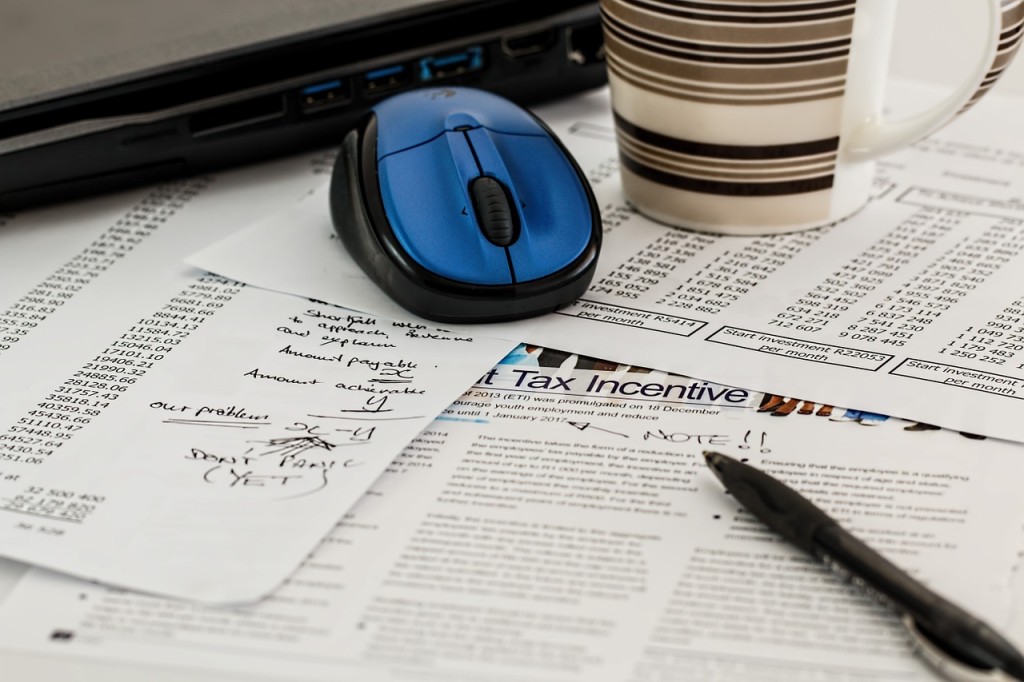Are you still scrambling to put together your 2016 tax records so that you can get your taxes done? Now may be the time to systematize your tax record-keeping, while the pain is still fresh in your mind.
Although we think electronic recordkeeping is the way to go and will discuss how below, let’s look at a simple folder system for those who prefer paper records.
Get yourself nine manila folders and some type of larger file to hold them together. Label the large file “2017 Taxes” and label the manila folders this way:
- Pay: Put your pay stubs and/or 1099 earnings statements here, and, once you get them, all W-2 Forms.
- Interest and Investments: This is where you will file interest, dividends, and capital gains statements from your bank, brokerage account, mutual fund account, and any other savings or investment account that is not a tax-deferred retirement account.
- Retirement Distributions: All records related to your pension, IRA or other tax-deferred plan distributions, and Social Security can go here.
- Business and Rental Income: If you own rental housing and/or have a small business, use this file for all income and expense records.
- Charitable Contributions: All receipts from donations of cash and goods go here.
- Taxes Paid: For statements on major sales tax items (assuming you are eligible to deduct them), state income and excise taxes paid, and property taxes paid.
- Mortgage Expense: Statements on home mortgage and deductible home equity interest.
- Medical Expense: If you have large medical expenses and can deduct them, keep all records of expenses and insurance premiums here.
- Other Tax Info: Everything else that may apply to your taxes, including such items as alimony received or paid, casualty and theft losses, non-reimbursed employee expenses, tax preparation fees, self-employed health insurance costs, student loan interest, etc.
If you faithfully fill these folders throughout the year, you’ll have nothing more to do at tax time than to hand them to your tax preparer and sign your tax returns.
However, if you are willing to keep your tax records electronically, you can do the same as above but gain additional advantages, including:
- Gaining access to end-of-year tax information more quickly than waiting for the mail.
- Storage capacity that takes up no physical space. The IRS can audit returns up to three years back, but, for various reasons, we think you should save at least six years of tax returns. That’s enough to fill a file drawer in paper format, or a small bit of your hard drive and backup drive if done electronically.
Electronic record-keeping involves three steps:
- Setting up a filing system on your hard drive similar to the paper system above. However, because you don’t have physical storage issues, you can break down your file system into many more specific files.
- Setting up electronic access to your bank account, investment accounts, mortgage and deductible home equity accounts, and, if available, employer payroll system. That way you can download important tax forms at the beginning of each year directly from the source, without waiting for paper delivery.
- Using a scanner to put copies of paper forms (such as charitable contribution letters) into your electronic filing system.
When tax time comes you can use your tax preparer’s encrypted email system to send in your tax information, or, if not, you can hand the tax preparer a thumb drive containing all of the year’s tax documents.
Richard Schroeder, CFP®
Chief Investment Officer


